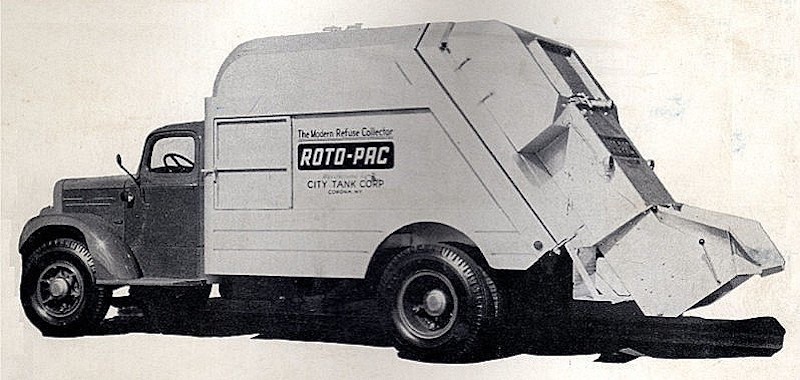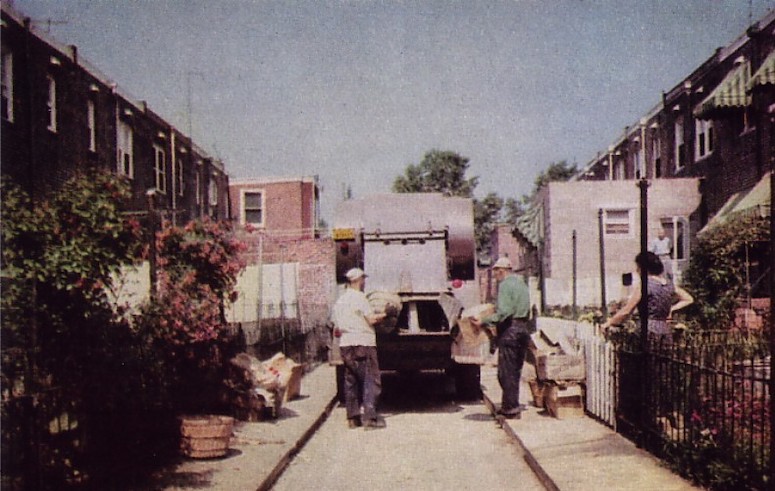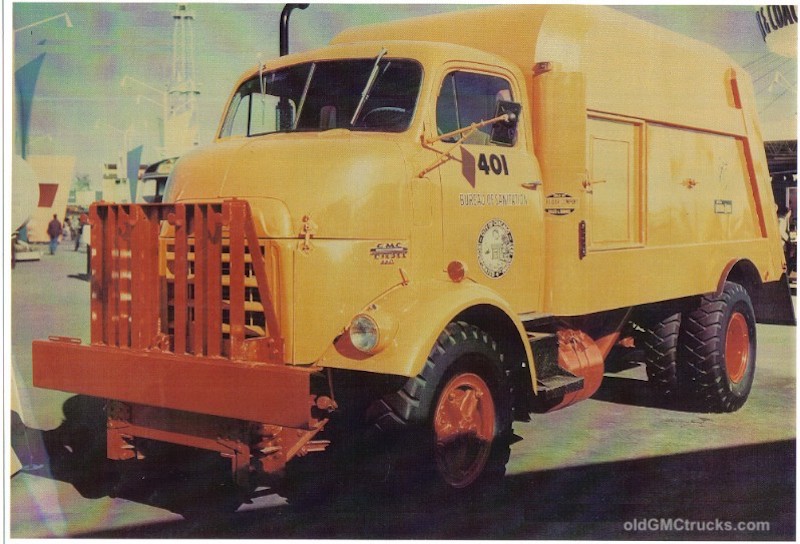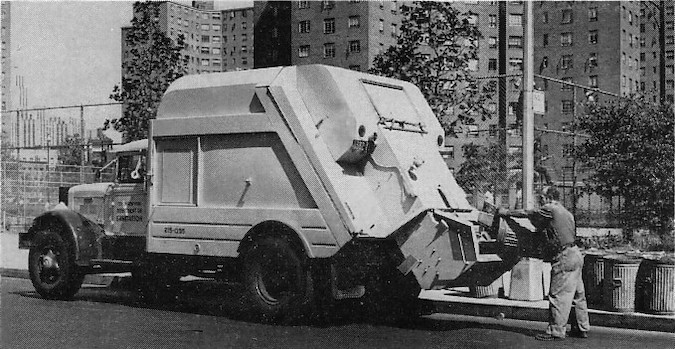
Roto-Pac's acceptance by New York City spearheaded increased sales throughout the Northeast, both to municipalities and private contractors. By survey, DSNY employees overwhelmingly favored the escalator-compactor loaders, and City Tank now had the only one on the market. The firm won a 1954 contract for 165 units, even though their bid was the highest submitted. By late 1957, they had delivered the 1000th Roto-Pac body to the Department. Further south, Philadelphia became the next big city to go with the Roto-Pac. Beginning in late 1952, the Sanitation Division began experimenting with various packers to replace their fleet of open dump trucks and horse-drawn wagons. Philly finally chose the Roto-Pac, ordering over 200 units. These included a new narrow-bodied "Alley Cat" for use in areas where larger collection trucks could not travel. These six cubic yard versions of the Roto-Pac, specially built to the City's specifications, were a mere 77 inches wide. Though total payload was less than their 16-yard brethren, testing showed the little Cats could sock away an incredible 500 pounds per cubic yard, no small feat for a chain-driven mechanical packer during the early 1950's. Chicago also joined the ranks of Roto-Pac cities in the early 1950s. They had been a longtime user of Heil Conveyors, and began to switch to the Roto-Pac around 1954. The Windy City's Roto-Pac bodies were mated with new diesel-powered trucks, becoming the first municipal refuse truck fleet America to go all-diesel. City Tank was also making inroads to the Deep South, with Atlanta, Georgia going to Roto-Pac during the mid-1950s. They even managed to sell Roto-Pacs to Paris, France, probably the first time an American refuse truck design had been adopted by that city.
7/4/10 (Updated 12/5/21) © 2010 All Rights Reserved Photos from factory brochures/advertisements except as noted Logos shown are the trademarks of respective manufacturers |


